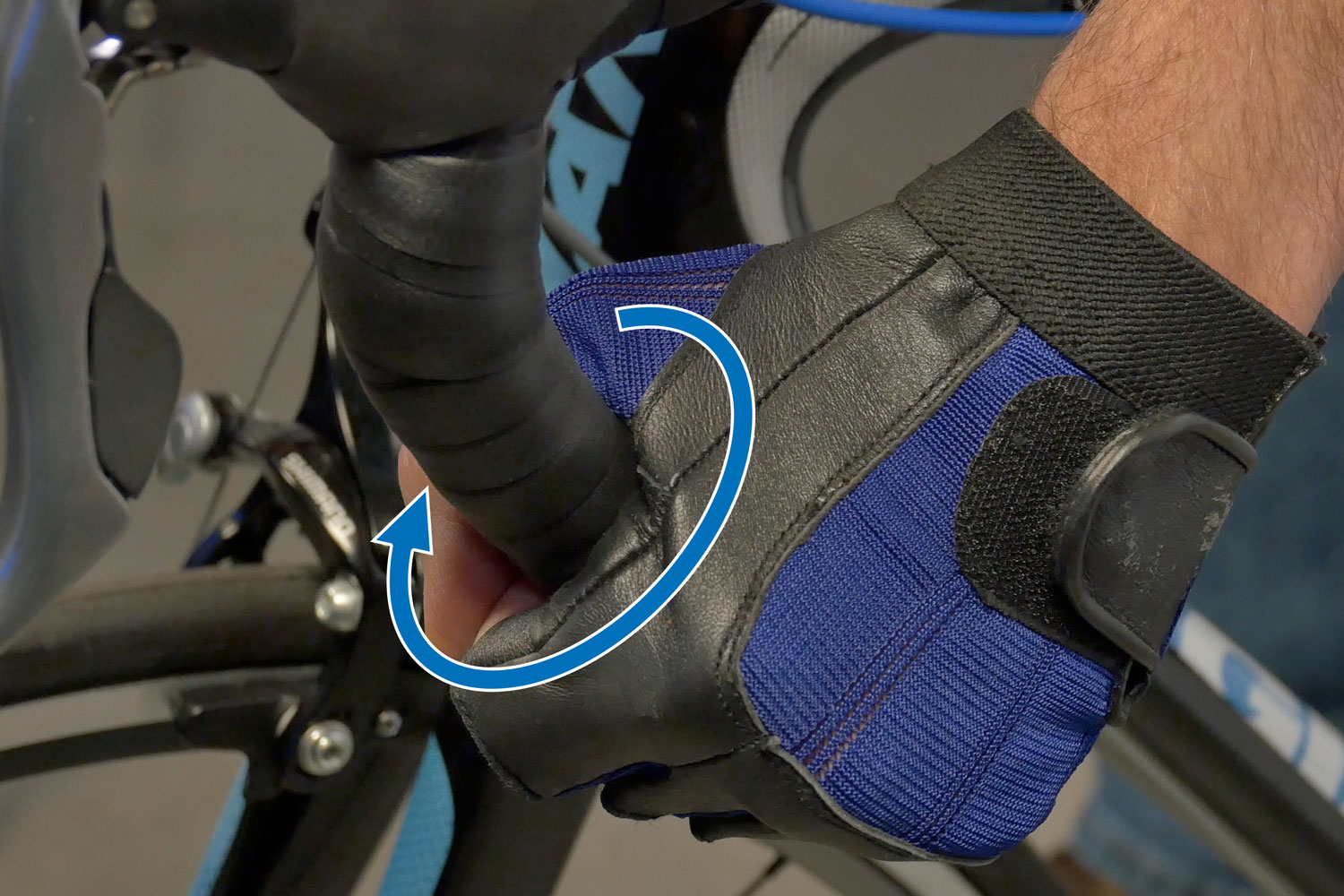You are correct that many stock finishing tapes have relatively weak adhesive and are mainly decorative. In my experience, if you wrap the bars tightly and you maintain roughly even tension on the tape while wrapping them, the tape should not unravel. (Also, if the tape does unravel, it can be possible to unwrap it carefully and redo the job, assuming the tape is a decent quality.)
In the past, I had preferred to use electrical tape to secure the inner end, then wrap the finishing tape over the electrical tape. The suggestion to use self-amalgamating tape is a good one; I recently came across this tape and it does work. "Self-fusing silicone tape" tape may be a synonym. Either phrase currently returns a large number of results on the US Amazon.com store. I don't agree that you should necessarily use the provided finishing tape on the inside, then wrap that in self-fusing tape. I'd rather use that type of tape as the base or sole layer of tape.
I will note that wrapping your handlebars is an acquired skill, and many cyclists might only face this process once a year or less, depending on how much they ride. The opportunities to practice are less. It is definitely worth thinking about asking your local bike shop to do it, or to invest the time to buy one or two sacrificial rolls of tape to practice on your own. Also, in my experience, thicker bar tapes can be challenging to wrap. Currently, I can do a good enough job with a standard thickness tape, although I lack the skill to do the finishing cut cleanly. Thick tapes tend to defeat me (e.g. the 3+mm Lizard Skins tape or similar; these tend to be oriented at gravel riding for vibration damping).
Park Tools suggests that most riders tend to rotate their hands a certain way under hard efforts, e.g. outward on the drops, or towards themselves when on the tops. The pictures below, from their link on handlebar taping, illustrate.


You can wrap your bars such that the tape goes in the same direction as our hands tend to rotate. Thus, we will tend to tighten the tape as we ride, rather than loosen it. In particular, this is why most taping guides tell cyclists to start wrapping from the ends of the drops and to wrap outwards.
I personally have preferred a figure 8 wrap around the levers. If you do this, I believe it's impossible to have the bar tops wrapped in the preferred direction. In my experience, if you wrap the bars tightly and the adhesive is decent quality, I believe the tape should generally not unravel on the tops. Still, the figure 8 wrap is a traditional technique that originated when bar tape was thinner, so it may not be necessary.



